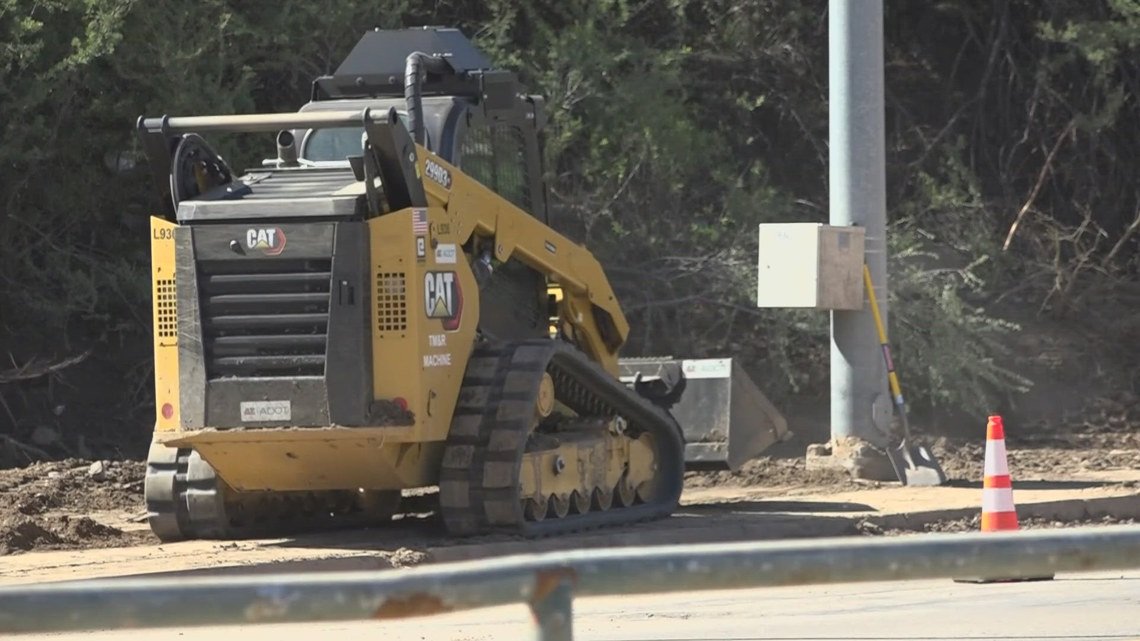Perseid Meteor Shower Peaks in Flagstaff
Flagstaff, Arizona – The Perseid Meteor Shower will peak on Wednesday nights, offering viewers the chance to see up to 75 shooting stars each hour. Although the moon might obscure some of the view, meteor showers tend to attract large crowds, particularly at the Lowell Observatory in Flagstaff.
An estimated 130 years ago, people began observing the night sky through telescopes at Lowell Observatory. To this day, locals and visitors alike come to Flagstaff to witness significant astronomical events, such as the Perseid meteor shower.
Lowell Observatory plays a significant role in astronomical research, from the discovery of Pluto to being a pioneer in the establishment of the first International Dark Sky City. Nick Moscovitz, an astronomer at Lowell, has dedicated over a decade to this field.
“We specialize in the science of the solar system,” Moscovitz explained. “That’s a crucial part of why we study these phenomena in our solar system.”
Moscovitz focuses on objects like meteors and asteroids and their impact on Earth.
“My research area is quite specific,” he noted. “It’s fascinating to actually go outside and observe these objects as they manifest as shooting stars.”
This year’s Annual Perseid Meteor Shower will offer peak conditions on Tuesday and Wednesday nights, when spectators can expect 50 to 75 meteors hourly.
Moscovitz attributes each shooting star to comets. “Comets leave behind a trail of debris, which creates what we call a meteoric flow,” he said. “As the Earth passes through these trails, particles collide with the atmosphere at incredible speeds, resulting in bright flashes of light.”
Light pollution often drives many to travel to Flagstaff and Lowell to enjoy such events, with the potential to attract thousands of visitors daily during peak times.
Meteor showers facilitate not just research, but also public engagement with the cosmos. “There’s a connection between their lives, Earth, and the broader universe—understanding how our existence relates to everything beyond our planet,” Moscovitz added.
The ideal time to view the meteor shower is between 2 am and 3 am. But if you miss the peak, there’s no need to worry; it will still be visible for a few weeks.







